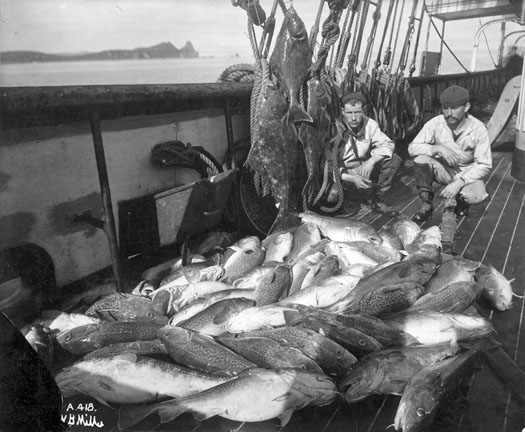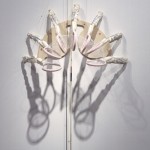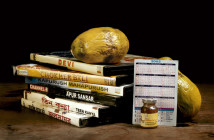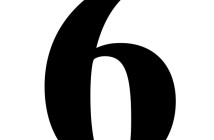A LETTER FROM THE EDITOR
Consider the top image on the right. Admiring its pastness, one might ruminate on the good old days of fishing, when the activity was more pure. However, rather than depicting a lucky catch, this photograph shows the spoils of a commercial fishing expedition. Rudimentary as the tools would seem by today's standards, the techniques used in fishing at the time of the photo were quite sophisticated. While immersed in the photo, one might come to the conclusion that those techniques are a lost art.
Art, as trade, is a livelihood - a business - while for others, it is an activity separate from the everyday, as something uncorrupted by daily exchanges. Extending this idea broadly, the act of fishing is as good a parallel. Some people are commercial fishers, some do it for sport, while others do it for the sake of it. In the process, they could care less if they catch anything or not. That kind of fishing is an art, and when considered as such, is as Kant described as "purposefully purposeless".
When talking about "purposeless" fishing, we can validate it with "purpose" by calling it "art". Suddenly, an idle lifestyle haspurpose. We are unfortunate that we don't have another way to say how "art" can be an art. Unfortunately, that discussion usually digresses into a morass of semantics.
While fishing might seem relaxing and simple, it doesn't make the whole discussion of fishing more simple when you consider technique, traditions, style, seasons, and taste. When you consider all of these ideas, fishing becomes a kind of knowledge that would be impossible to understand fully unless one takes into account all of the ways it is expressed.
*
In our coverage at Big RED & Shiny, we try to cover art as a knowledge, which produces process, concept, industry, commerce, entertainment, and objects. In this issue, as with every issue, we have attempted to be a focal point to collect as many of these purposes as possible.
- Andrew Mowbry, Catch and Release, 2004, polyethylene plastic, satin, gimp, rubberized lace, netting; photo by Luc Demers






